Teacher, create assignments and tests in minutes!
Access over 200,000 questions with detailed rubrics for free, and create assignments, lesson plans, and tests with Teachy.
Free RegistrationOops!
The content you are looking for does not exist or has been removed. But don't worry! Teachy has over 200,000+ pieces of content to use in your lessons and assessments. Choose one below and explore!
Resources
2025 - All rights reserved
